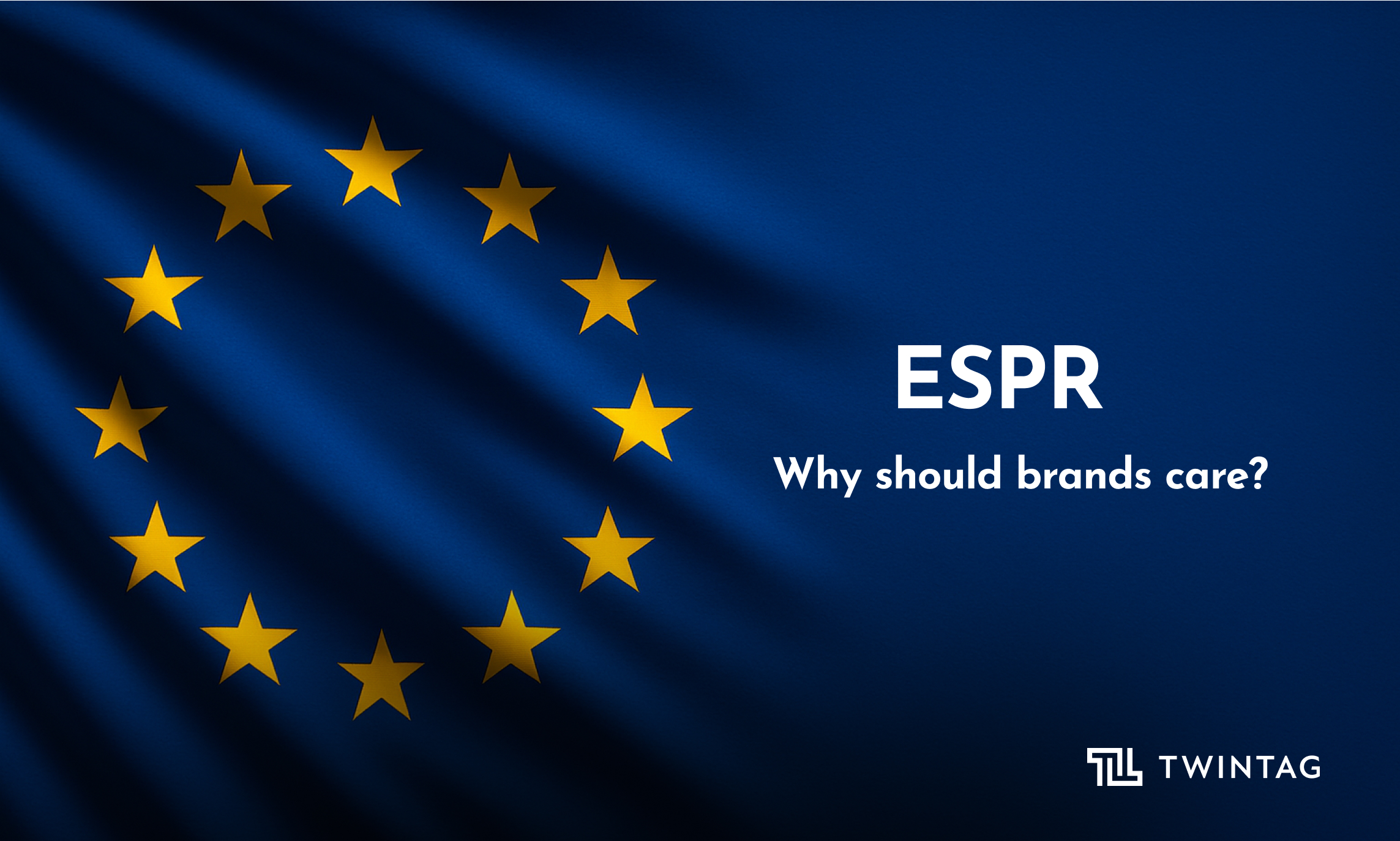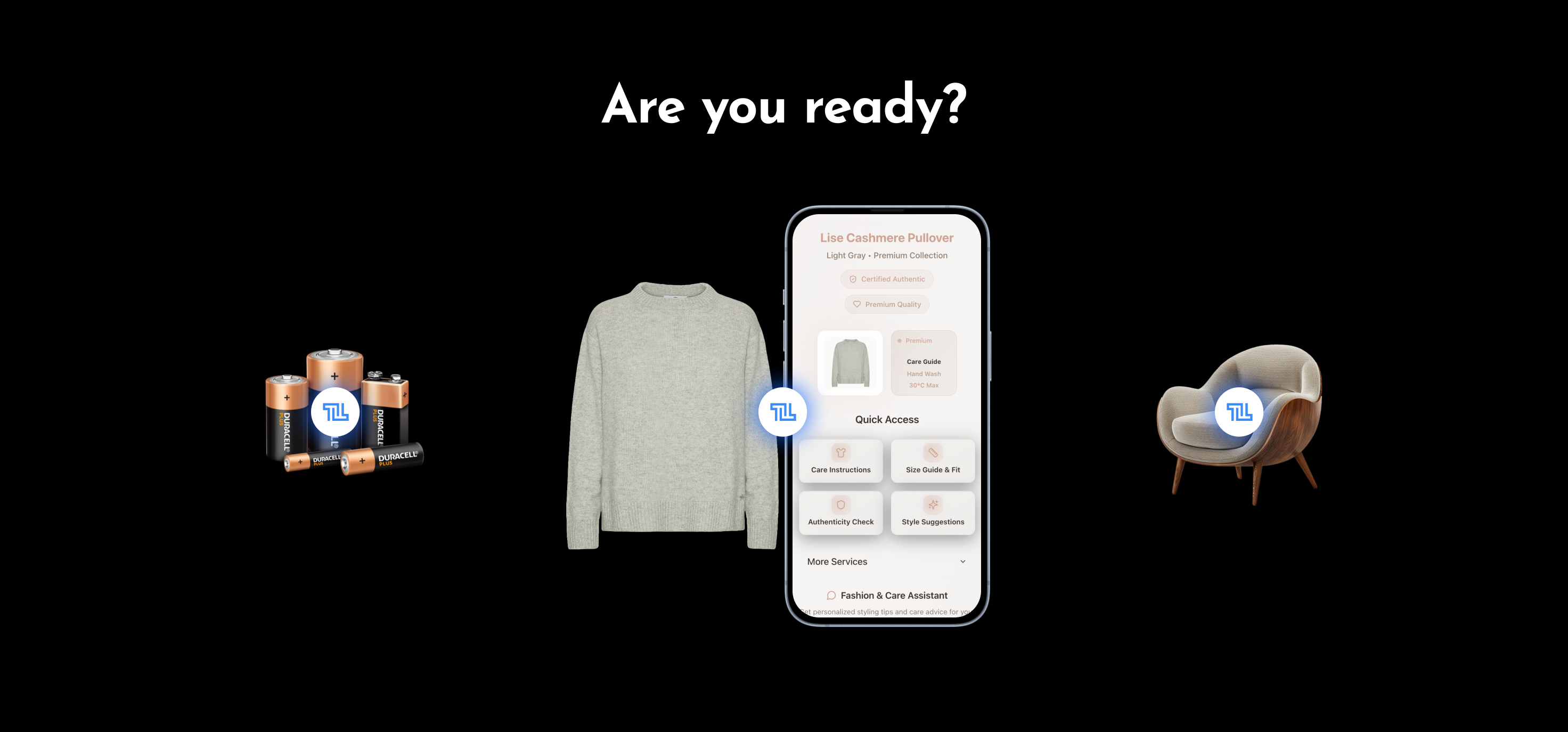AGEC law: what do you need to know?
Discover AGEC: France's transparency law on waste-generating products. Learn its impact and why QR codes are key to compliance.
.png)
Transparency has been one of the central pillars of the circular economy for a while now. But the AGEC law (Decree 2022-748) is the first time a regulation has required this level of disclosure from all producers, importers and dealers of waste generating products in France.
What is AGEC?
France’s AGEC law is aimed at improving information transparency on waste generating products and promotion of circularity. Decree 2022-748 of AGEC requires companies to inform consumers about the environmental characteristics of a variety of waste-generating products free of charge.
The relevant product information must be made available online, in a format that is “easily reusable, and usable by an automated processing system in aggregated form.” The advised functional solution for this requirement are QR codes 😉
When is AGEC going into effect?
Decree 2022-748 came into effect already on March 1, 2022. However, some disclosure requirements have progressively been implemented since January 1, 2023, starting with the biggest companies and working down to SME’s and other small businesses.
From January, 2024, the following product categories will also have to comply: building products and materials, toys and motor vehicles.
.png)
Which industries are going to be affected? What are the data requirements for AGEC?
As already mentioned, all producers, importers and dealers of waste generating products and packaging will have to comply with the Decree 2022-748 of AGEC law. While not every industry or product type has the same set standards to comply with, the consequences of non-compliance are going to be significant for all (€15,000 penalty along with reputation and legal risks).
Repairability and durability: electrical and electronic equipment
From January 1, 2024, all producers, importers and distributors of electrical and electronic goods are required to showcase a durability index aimed at scoring the product’s sustainability from 1 to 10.
Compostability: all industries + packaging
Consumer information on packaging compostability should be available at the point of purchase. If the packaging is made from compostable materials, “emballage compostable” (compostable packaging) should be mentioned.
Recycled materials: all industries
Companies that fall under this regulation should openly communicate the percentage amount of recycled material: “produit comportant au moins [%] de matières recyclées” (product comprising of at least [%] recycled materials).
Use of renewable resources: construction products
Companies affected by this regulation must make information on use of renewable resources available to consumers at the time of purchase.
Possibility of reuse: packaging
Reusable packaging should contain a statement: “emballage réemployable” (reuseable packaging) or “emballage rechargeable” (refillable packaging).
Recyclability: all industries
Recyclability is understood as “being the effective recycling capacity of waste from similar or identical products.” The recyclability of a product is assessed using five criteria:
- The ability to be efficiently collected
- The ability to be sorted in recycling channels
- The absence of material limiting recycling
- That the recycled material is greater than 50% of the total waste collected
- The ability to be recycled on an industrial scale
Presence of precious materials: electrical and electronic equipment, motor vehicles
This point goes mainly in regard to the environmental impact of the extracting conditions of the following metals:
- Gold
- Silver
- Platinum
- Palladium
Presence of rare earth elements: electrical and electronic equipment, motor vehicles
This includes: scandium, yttrium, lanthanum, cerium, praseodymium, neodymium, promethium, samarium, europium, gadolinium, terbium, dysprosium, holmium, erbium, thulium, ytterbium, lutetium.
Hazardous materials
Consumer information on products containing a dangerous substance with more than 0.1% concentration by mass must be made available.
Traceability: textiles
The country where the following operations happen, for all materials, must be included:
- Weaving
- Dyeing and printing
- Assembly
For footwear:
- Stitching
- Editing
- Finished product assembly
Presence of plastic microfibers: textiles
Information on the presence of microfibers must be made available to consumers if the proportion of synthetic fibers in the product is more than 50%.
.png)
Why QR codes appear to be the best solution for the AGEC law compliance?
Serialised QR codes are the ultimate data carrier that can be used for compliance with the Decree 2022-748 of the AGEC law. They contain product-specific information to help tracking and adding data granularly down to a specific product unit.
QR codes are designed to showcase data in an online format which fits perfectly to the decree compliance requirements. When a QR code is scanned, user is redirected to a unique web page that grants access to transparent information, along with circular services such as repair and resale.
Customisation and real-time changes, mass data management, together with cost efficiency and scalability are some of the benefits of using QR codes as unique identifiers.


-min.png)



